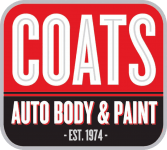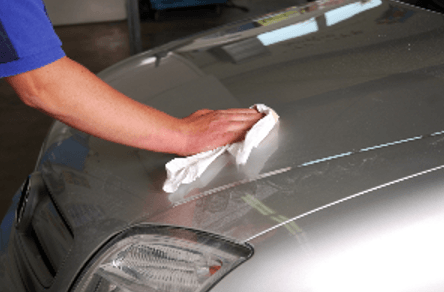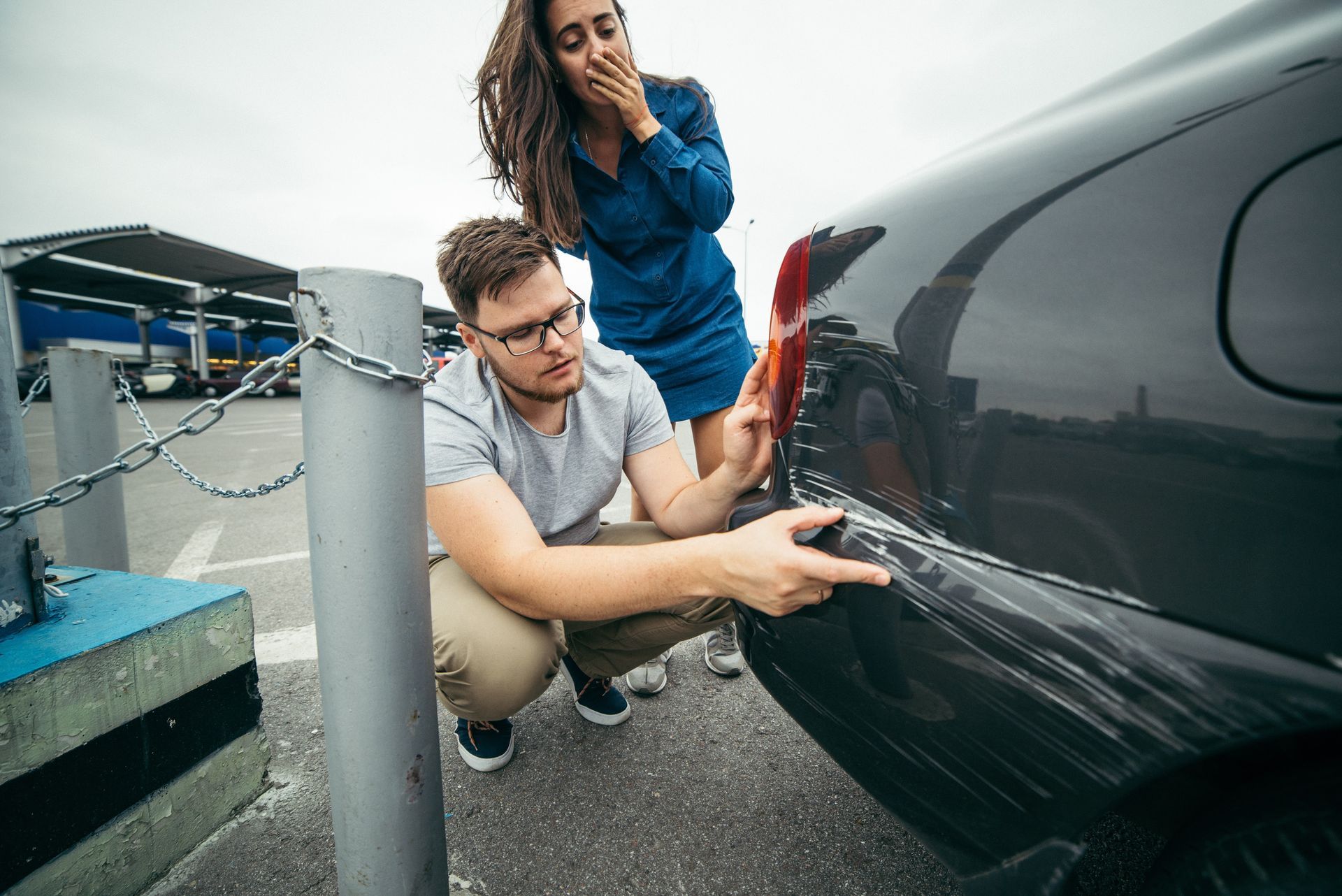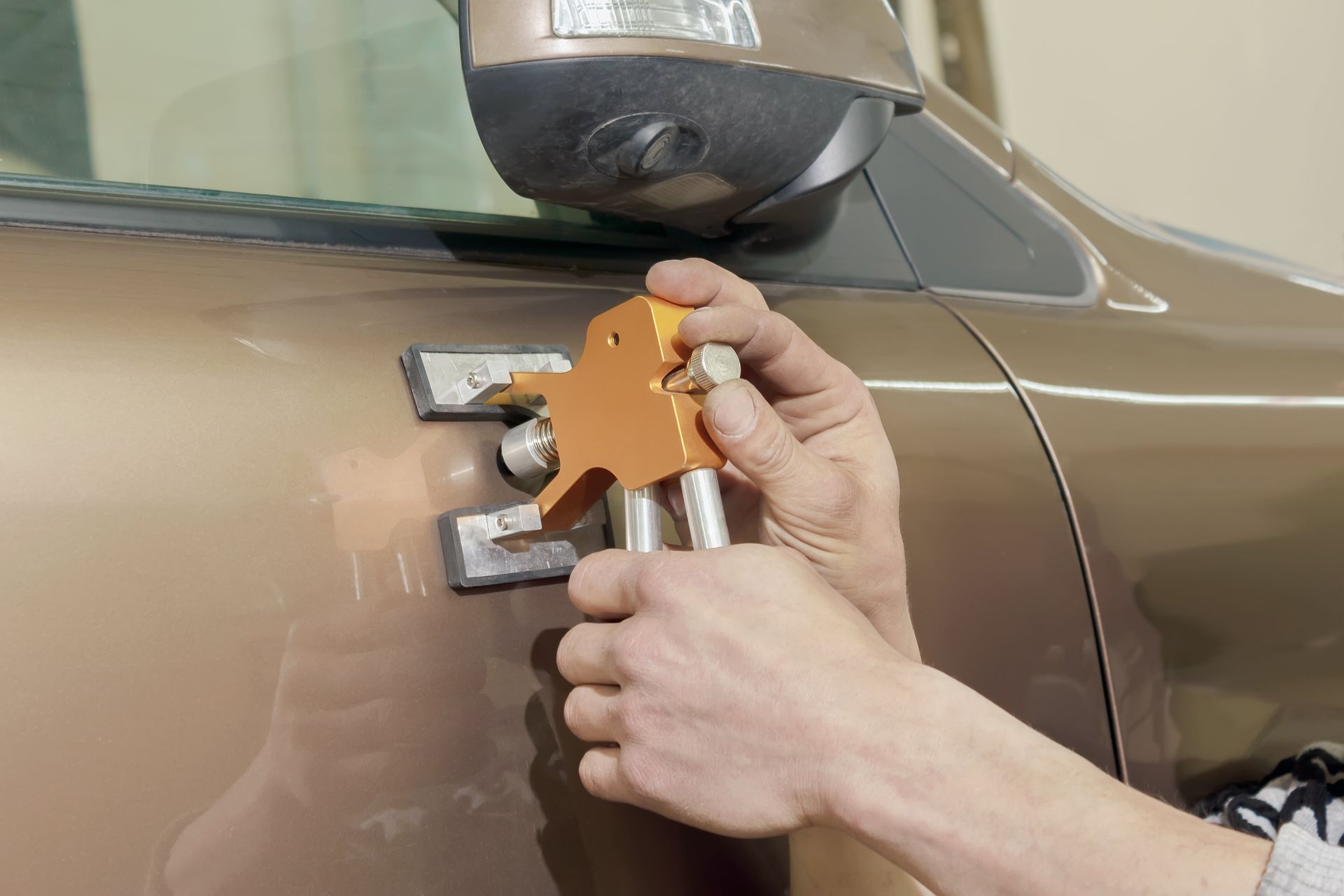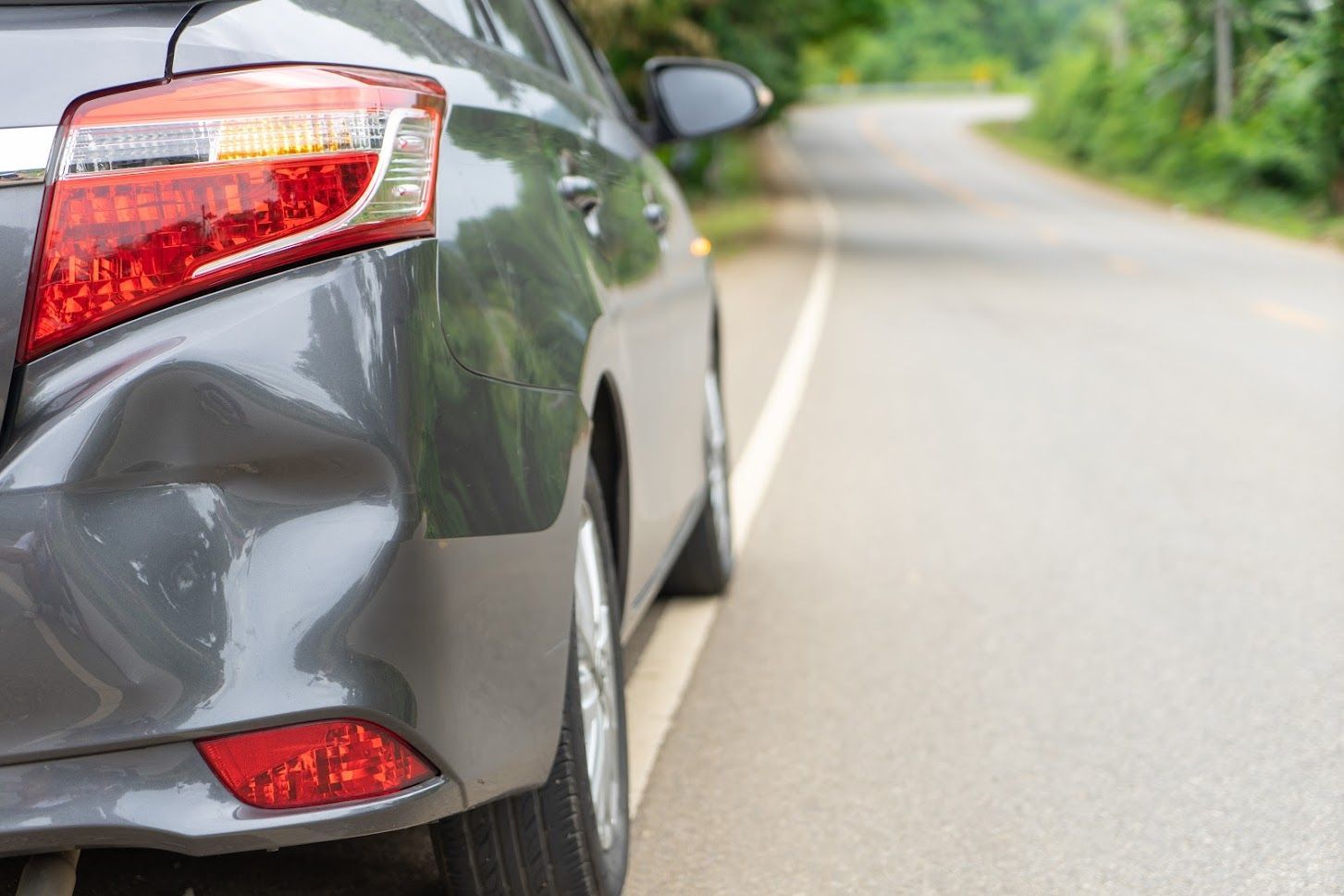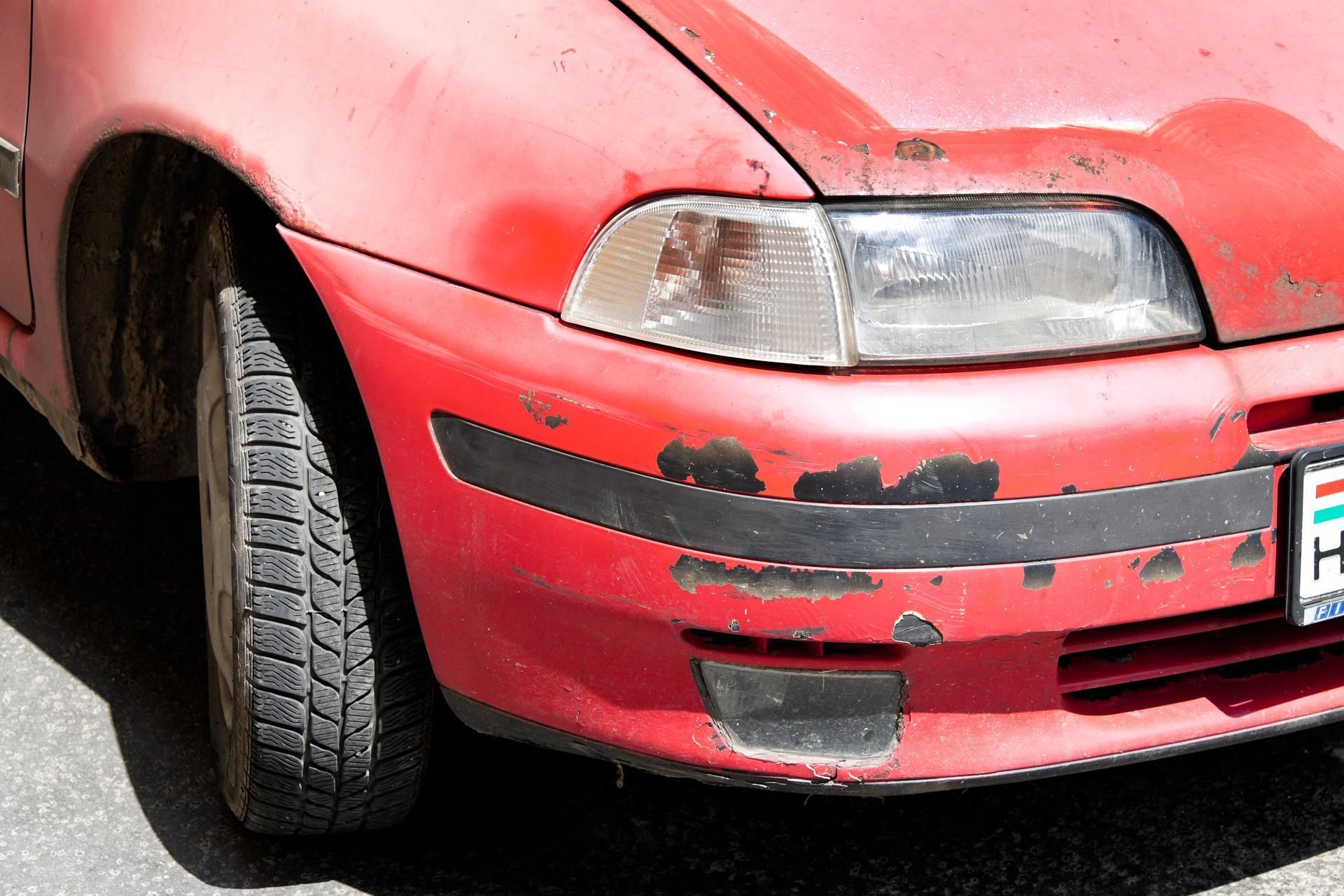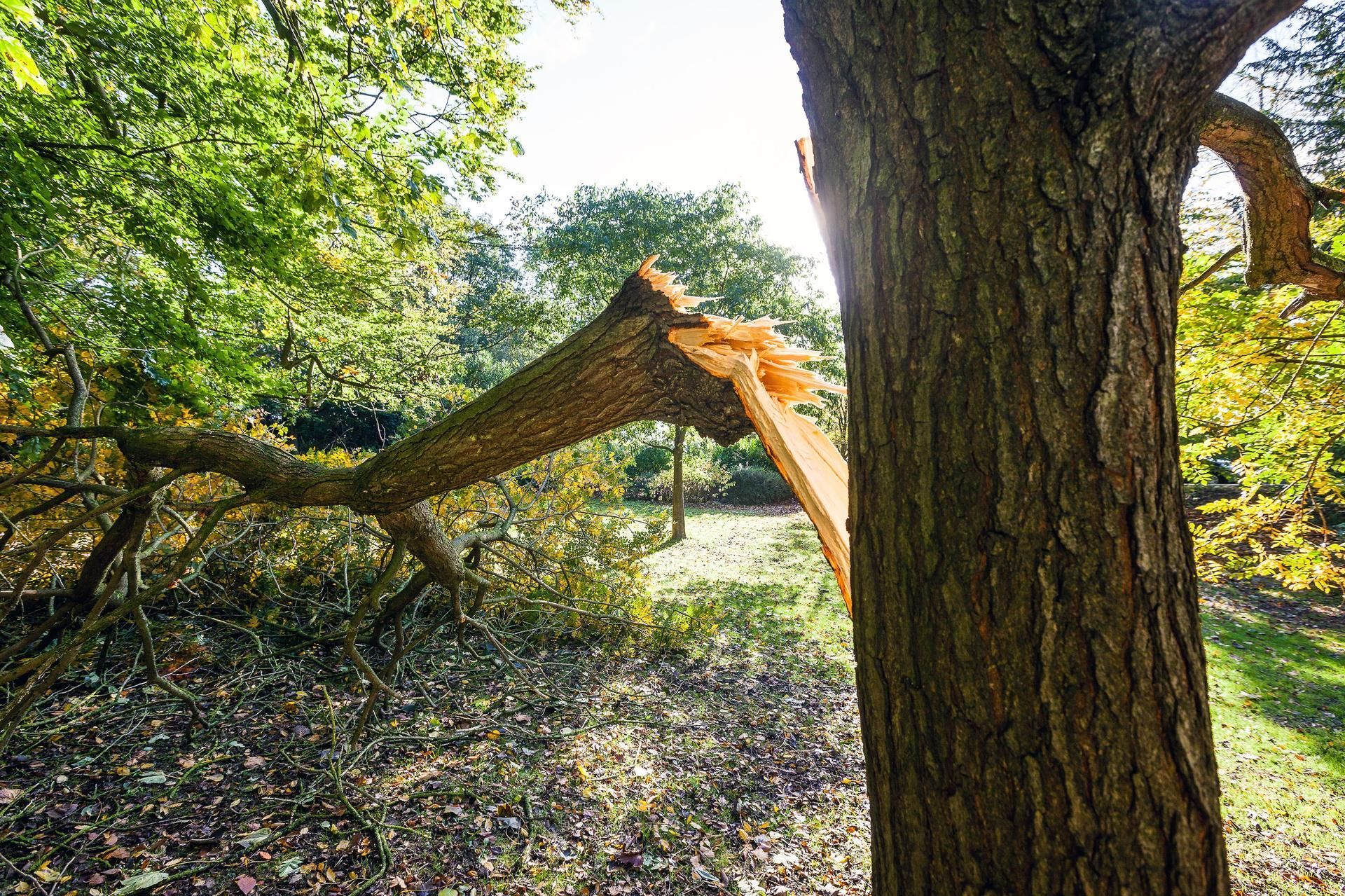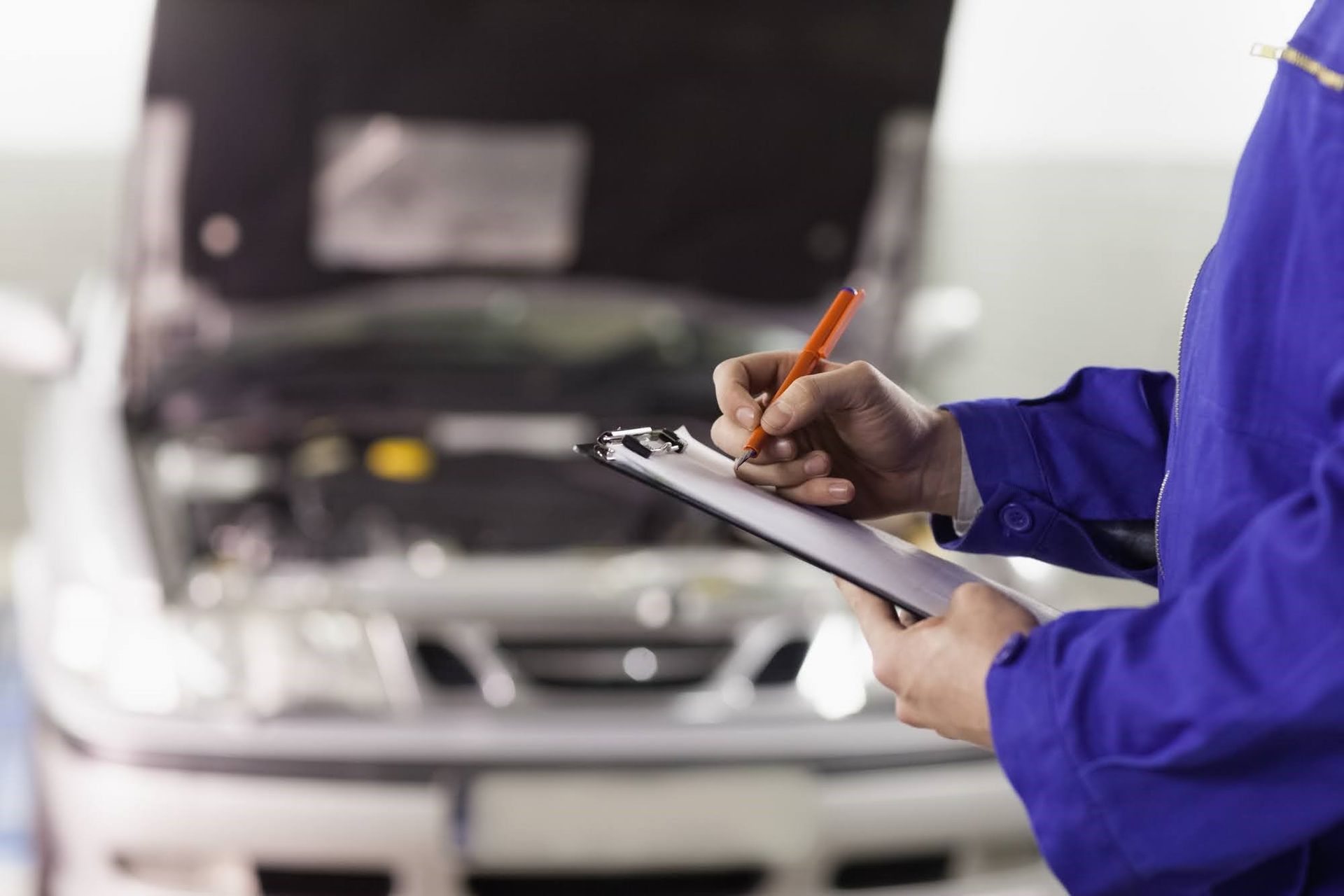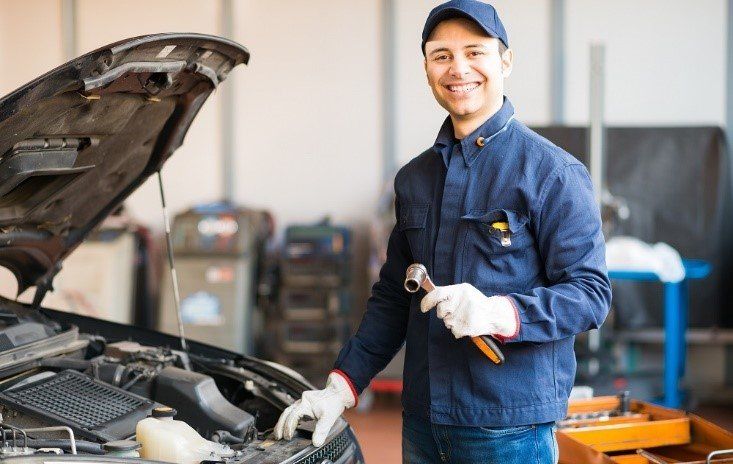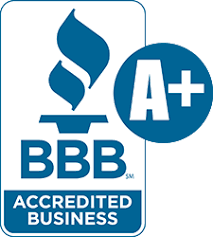Contact Us For A Free Estimate Today!
Garner Location Has Been Closed, Please Visit Our Raleigh Location.
Auto Body Serving:
Blog Layout
What You Should Know About Using A Clay Bar On Your Car's Finish
websitebuilder • Mar 23, 2017
If you have ever seen an auto detailer or do-it-yourselfer applying a clay bar to a car finish, it may have given the appearance of a child rolling play dough. However, rest assured the use of a clay bar is serious work and can have fantastic results by restoring a beautiful paint job. Below is more information on this still somewhat unknown automotive detailing technique and how you can use it to maximize the appearance of your vehicle's exterior.
What Is an Automotive Clay Bar?
Despite the name, most automotive detailing clay bars aren't composed of actual clay. Instead, they are manufactured from a mix of a variety of organic and inorganic substances with an abrasive added to the recipe for good measure. As you might suspect, there are a variety of clay bar types and are designed for use by both amateurs and professionals. Clay bars used by professionals will be more "aggressive" in their ability to cut contaminants from auto finishes, but they can also cause damage to paint in the wrong hands. On the opposite end of the spectrum, detailing clays available at mass retailers and auto parts stores are designed to be milder; this is where most do-it-yourselfers should begin when choosing a clay bar for their vehicle.
How Does a Clay Bar Work?
When a car leaves the paint and body shop, its finish is pristine and completely clear of debris and contaminants. Unfortunately, tiny contaminants will gradually accumulate on the paint thereafter and aren't often noticeable to the naked eye. Washing and waxing the car will certainly improve its appearance, but if you want a flawless, perfectly clean look, you will need to remove the contaminants that ordinary soap and water won't be able to remove.
Detailing clay bars are the perfect antidote to the problem. The tacky, somewhat fluid surface of the clay is able to grab tiny particles and pull them out of the finish of vehicles. In effect, they "sacrifice" themselves by transferring debris from your car's paint to the clay.
How Should a Clay Bar Be Applied?
A detailing clay bar isn't difficult to use, but there are a few guidelines you should follow to make its use more effective and to prevent possibly scratching your car's finish. Here are a few to keep in mind:
Use Lots of Lubricant
A detailing clay bar should never be used without some type of water-based lubricant. The lubricant permits the bar to slide smoothly over the vehicle's finish and lessens the chances of causing scratches. Commercial lubricants are available, but an effective lubricant can be made by combining a few drops of a mild liquid soap with distilled water, then pouring the solution into a clean spray bottle.
To use the lubricant with a clay bar, simply spray it generously on the surface of the finish and rub the bar over the damp surface. Don't worry about using too much lubricant; is simply isn't possible, and your clay bar's action will be much more effective.
Protect Your Clay Bar
A clay bar must be kept clean and free of debris to work. For example, if it is dropped on the ground, then there is no chance it can be rehabilitated. Any debris larger than the tiny particles trapped from the surface of a car can cause significant scratches to your vehicle's finish. If you drop the bar, go ahead and throw it away before you are tempted to use it.
Periodically Test Your Work
You likely won't be able to tell with your naked eyes that a clay bar is removing contaminants, though it will definitely be apparent once the finish is polished. That means you will need to know how to test your work periodically to determine if you are being effective.
To test for the presence (or absence) of contaminants, spray your finish with clay lubricant until it is soaking wet. Next, insert your hand into a gallon-sized freezer bag and slide the bag over the wet surface. If the bag slides without hesitation or bumping, then you can be confident the surface has been thoroughly cleaned by the bar. However, if the bag grabs or catches, then you know there needs to be additional work performed to remove the contaminants.
Share
Tweet
Share
Mail
Browse Our Website
Contact Information
Email:
Coatsbodyshop1@aol.com
Coats Auto Body and Repair
Phone:
Estimates by Appointment Only
Share
Tweet
Share
Mail
Share
Tweet
Share
Mail
Hours of Operation
- Mon - Fri
- -
- Sat - Sun
- Closed
Appointments Available
24-Hour Emergency Service
Towing after hours please contact Andrew's Towing at (919) 744-6521




Content, including images, displayed on this website is protected by copyright laws. Downloading, republication, retransmission or reproduction of content on this website is strictly prohibited. Terms of Use
| Privacy Policy
